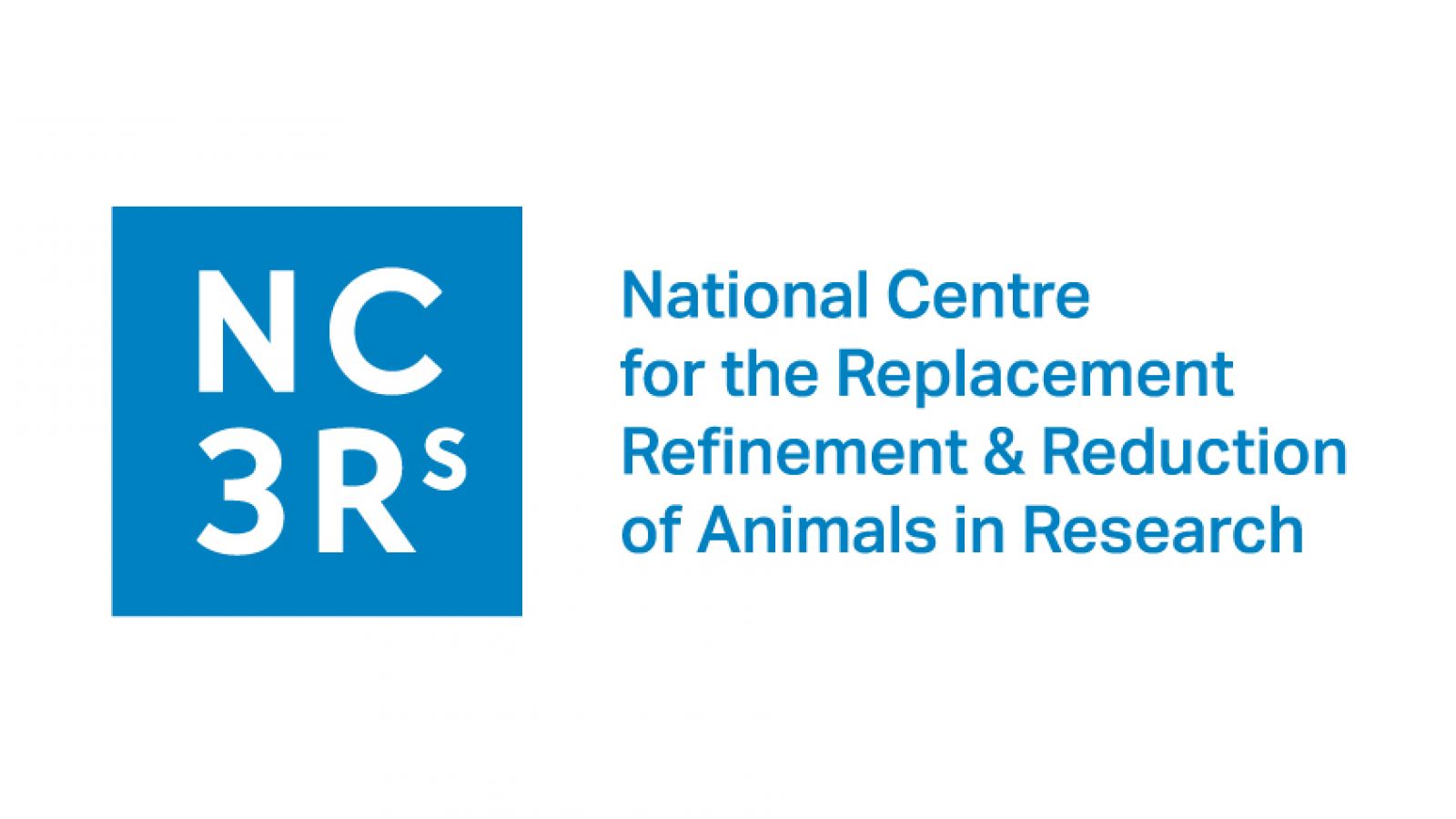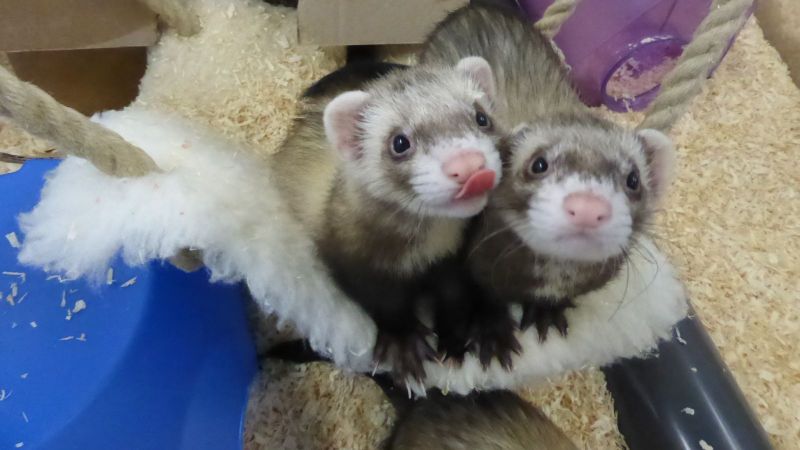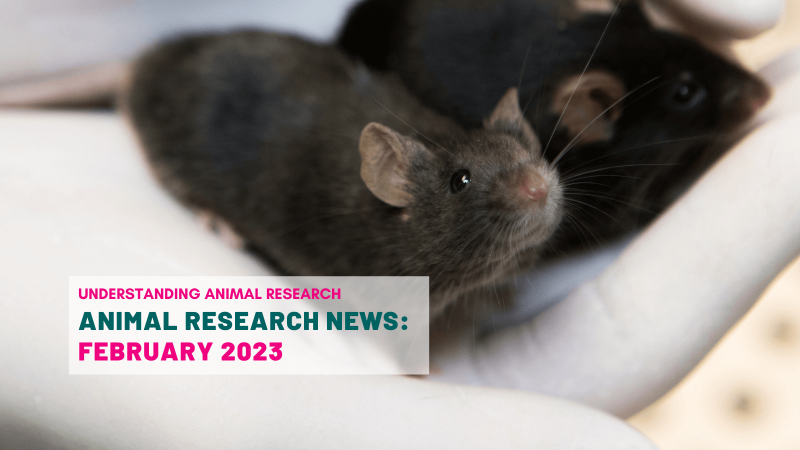
In today’s blog, Understanding Animal Research’s Chief Executive, Wendy Jarrett, discusses a report by the NC3Rs celebrating 10 years of successful collaboration with the pharmaceutical industry to find ways to replace, refine and reduce the use of animals in research.
On Monday, I attended a reception at the House of Lords hosted by Lord Turnberg of Cheadle to celebrate ten years of collaboration between the pharmaceutical industry and the National Centre for the Replacement, Refinement and Reduction of Animals in Research (NC3Rs).
Over the past decade, the NC3Rs has built strong links with more than 40 leading companies, working closely with pharmaceutical, biotechnology and contract research organisations, as well as regulatory agencies from the UK and around the world. Its report - 'Ten years of working with the pharmaceutical industry', launched at the reception – describes the NC3Rs’ approach to collaborating with industry.
As with every NC3Rs event that I attend, I was hugely impressed with the work being highlighted to find alternatives to animal research as well as to reduce the numbers used and refine ongoing research.
But what struck me most was the success the NC3Rs has had in acting as an ‘honest broker’ to encourage pharmaceutical companies to share their data, including extensive non-clinical and clinical data sets from historic compounds and those currently in development. It has collated and analysed information on hundreds of compounds to find new opportunities for applying the 3Rs across the drug development pipeline. These collaborations have provided evidence-bases that could not be achieved by any one company alone, and have led to changes in company practice and in some cases international regulations.
Focusing primarily on toxicology studies carried out for regulatory purposes, the report gives six examples of how animal use has been replaced, reduced and refined without compromising the drug development process, regulatory requirements or human safety.
For instance, the requirement for conventional single dose acute toxicity testing was removed from the international pharmaceutical guidelines, ICH M3, in 2009. It used to be the case that companies needed to determine the dose of a new compound that was required to cause the death of an animal, but a data sharing initiative by the NC3Rs, AstraZeneca and 17 other European and US companies demonstrated that the test was of little value in identifying toxic effects in the major organs or setting dose levels for subsequent studies. Instead, the collaborative effort showed that relevant information could be provided from other studies already carried out as part of the drug development process such as the maximum tolerated dose (MTD). Figures from the UK Medicines and Healthcare Products Regulatory Agency (MHRA) show that in 2007 86% of clinical trial applications for drugs going into humans for the first time included results from conventional single dose acute toxicity tests. By 2013 that figure had dropped to 16%. When one considers that up to 100 rodents are used per drug for these tests, it is clear that this represents a significant reduction in the number of animals used.
Other examples in the report include the development of a scientific rationale for halving the number of non-human primates used in a typical development programme for a new monoclonal antibody medicine. Medicines based on monoclonal antibodies such as Herceptin, Avastin, MabThera and Erbitux have revolutionised the treatment of cancers and autoimmune conditions like rheumatoid arthritis and Crohn’s disease, but they often require the use of monkeys to screen them before clinical trials in humans. Halving the number of monkeys used without compromising the drug development programme is an extremely welcome step forward.
Nobody wants to use animals in research and I am very heartened to see that the desire to reduce, refine and replace the use of animals is strong enough to allow commercial organisations to put aside their competitive drivers and work together to determine new ways to implement the 3Rs that benefit the whole bioscientific sector, both in the UK and internationally. Long may this continue and many congratulations to the NC3Rs – and the pharmaceutical industry – for their excellent work.
Last edited: 6 April 2022 08:37



